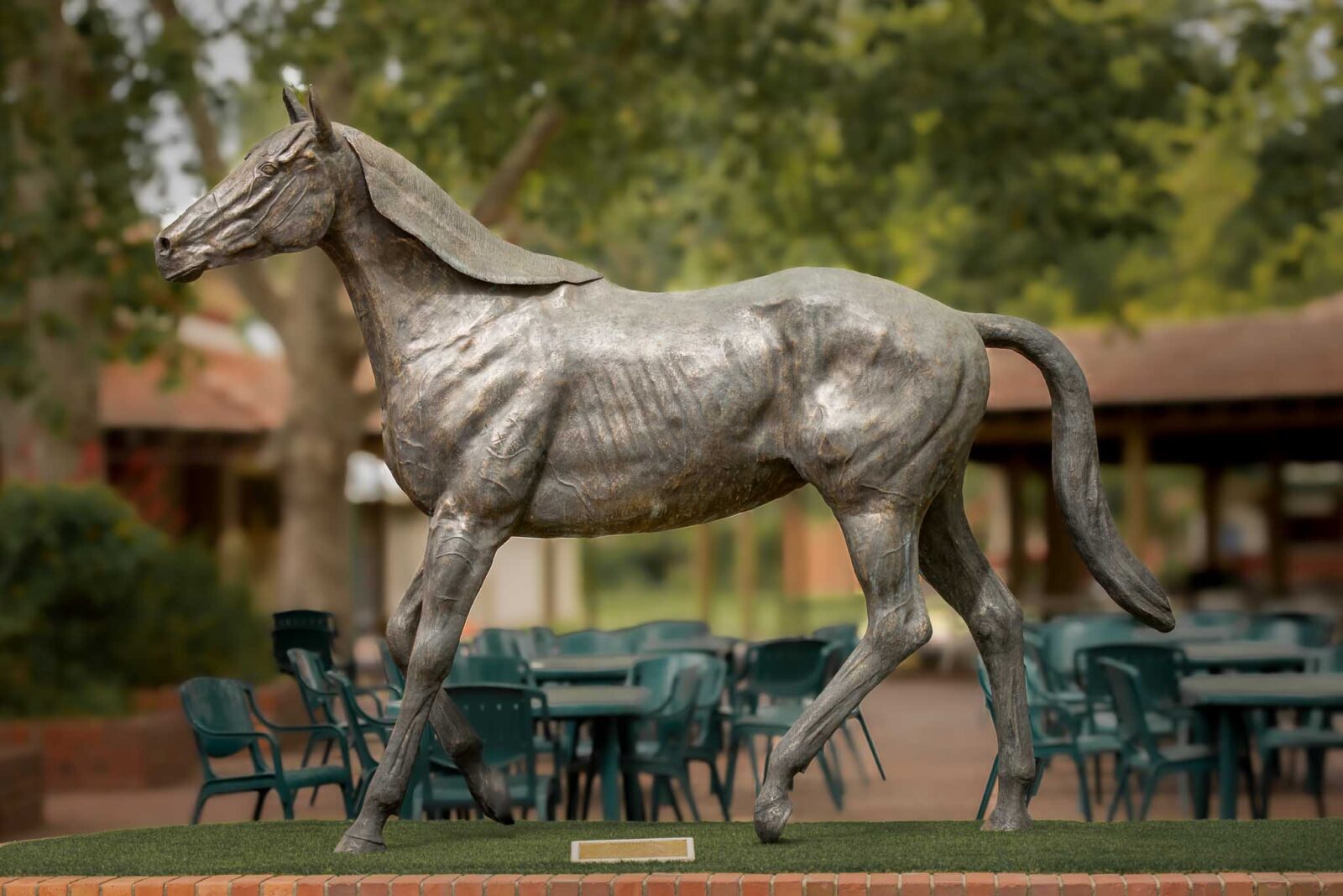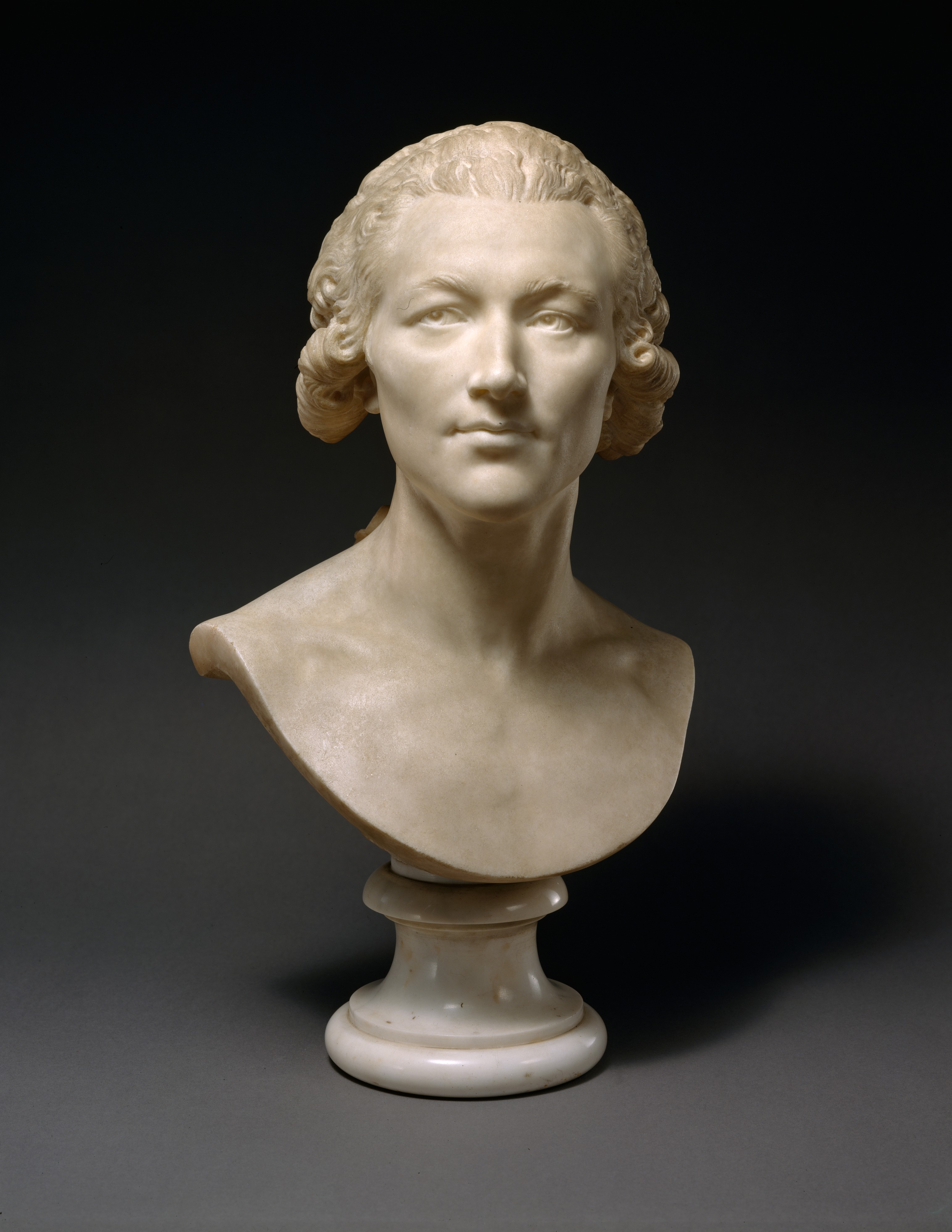In the Spirit of the Horse: Admire the Beauty of Equine Sculptures
Wiki Article
The Development of Sculptures: From Old to Modern
The Evolution of Sculptures: From Old to Modern. Robert C Hitchcock Sculptor.Sculpture, among the oldest kinds of art, has been an indispensable part of human people for millennia. From the ancient human beings of Egypt and Greece to the contemporary period, sculptures have advanced, reflecting modifications in artistic methods, products, and cultural impacts. This trip with time traces the growth of sculptures, checking out the changes in style, subject, and artistic expression.
Starting with the old world, sculptures crafted from rock and later on bronze caught the essence of divine beings, rulers, and everyday life. The Renaissance duration observed a resurgence of timeless sculpting strategies, as artists looked for to mimic the stylish types of old Greek and Roman sculptures (Equine Sculptures). In the modern-day period, artists challenged standard boundaries, embracing abstraction and experimentation with new materials
This exploration will look into the varied evolution of sculptures, revealing the abundant tapestry of artistic expression throughout different durations and cultures.

Old Sculptures: From Stone to Bronze
Old sculptures transitioned from being taken of rock to being cast in bronze. This shift noted a significant advancement in the art of sculpture, enabling better improvement and information in the finished jobs. Stone sculptures, while excellent in their very own right, were restricted by the nature of the product. Stone required substantial carving and shaping, often causing a much more simplified depiction of the subject.The intro of bronze as a medium for sculptures caused a change in artistic expression. Bronze provided carvers the chance to develop detailed and lifelike types that were not feasible with rock. The procedure of casting bronze permitted the production of numerous duplicates of a sculpture, making it possible for broader distribution and preservation of these creative masterpieces.
The shift from stone to bronze also saw a shift in the topic of sculptures. While stone sculptures primarily illustrated gods, sirens, and mythical figures, bronze sculptures started to mirror a broader array of topics, consisting of day-to-day individuals and pets. This growth of topic showcased the convenience and flexibility of the bronze tool.
Renaissance Resurgence: Forming in the Timeless Design
The Renaissance resurgence of sculpture saw a renewal in the classical style, building upon the developments made throughout the transition from stone to bronze in old sculptures. Throughout this period, artists looked for to recreate the classic aesthetic and ideals of elegance that were widespread in ancient Greek and Roman sculptures.One of the vital features of the Renaissance resurgence was the emphasis on naturalism and the human kind. Carvers like Donatello and Michelangelo strove to record the anatomical details and expressions of their topics with unmatched accuracy. They examined the human body and incorporated their monitorings into their sculptures, causing practical and realistic depictions.
One more important facet of the Renaissance resurgence was the exploration of point of view and depth. Artists made use of methods such as contrapposto, where the weight of the body is changed to one side, developing a sense of activity and dynamism. They also try out different materials, consisting of marble and bronze, to accomplish a degree of sophistication and details in their sculptures.

Modernism and the Avant-Garde: Damaging Conventional Boundaries
During the Innovation and Avant-Garde motions, sculptors pushed the limits of conventional imaginative conventions. This period, which emerged in the late 19th and very early 20th centuries, saw a dramatic shift in the means artists came close to sculpture. Denying the notion of art as simple replica, modernist sculptors sought to discover new types, products, and principles.
One of the essential features of modernist sculpture was the emphasis on abstraction. Carvers relocated far from realistic depictions and instead concentrated on recording the essence of the subject with streamlined kinds and geometric shapes. This departure from standard depiction allowed artists to reveal their feelings and concepts in an extra personal and subjective way.

Contemporary Sculptures: Checking Out New Products and Concepts
With a concentrate on exploring new products and ideas, modern sculptures have actually revolutionized the field of art. Artists today are pressing the boundaries of typical sculpture by making use of cutting-edge materials and trying out with abstract concepts. These sculptures challenge conventional notions of materiality, type, and significance, welcoming viewers to participate in a thought-provoking and brand-new creative experience.Contemporary artists are embracing a wide variety of products, consisting of plastic, glass, steel, and even natural issue. They are not restricted to the traditional tool of rock or clay, enabling higher freedom of speech and trial and error. This shift towards non-traditional materials has opened brand-new opportunities for musicians to produce sculptures that are dynamic, interactive, and visually striking.
Along with discovering brand-new products, modern sculptures additionally look into complicated and abstract concepts. Artists are now discovering styles such as identity, social issues, and the environment, utilizing sculpture as an effective medium for social discourse and introspection. These sculptures challenge viewers to believe critically and engage with art on a much deeper degree, triggering discussions and prompting psychological feedbacks.
Global Influences: Sculptural Traditions From Around the World
Sculptural traditions from different regions of the world have dramatically formed the advancement of sculptures throughout history. The global influences on sculpture have been varied and have contributed to the richness and selection of creative expressions. From the old people of Egypt, Greece, and Rome to the intricate carvings of Eastern cultures, each area has actually established its unique sculptural customs that have actually influenced musicians throughout time.In ancient Egypt, sculptures were produced primarily for religious and funerary purposes. The famous sculptures of gods and pharaohs, such as the Great Sphinx and the breast of Queen Nefertiti, showcase the Egyptians' proficiency of stone sculpting and their belief in the immortality.

In old Rome, sculpture offered both creative and political objectives. Roman sculptures commonly shown emperors, generals, and mythological figures, mirroring the power and grandeur of the empire. The marble sculpture of Augustus of Prima Porta and the huge Arch of Constantine are noteworthy instances of Roman sculptural success.
Eastern sculptural traditions, especially in India, China, and Japan, have additionally had a profound effect on the advancement of sculptures. Indian sculptures, such as the elaborately carved holy places of Khajuraho and the gigantic statues of Buddha, show an abundant combination of religious, mythological, and building aspects. Chinese sculptures, defined by their great workmanship and focus to detail, typically represent divine beings, pets, and epic numbers. Japanese sculptures, affected by Buddhism, highlight simpleness and harmony, seen in the tranquil statuaries of Buddha and the classy art of bonsai.
The international impacts on sculpture continue to develop in the contemporary age. As we look to the future, it is specific that the worldwide influences on sculpture will proceed to shape and redefine this ancient art kind.
Conclusion
Finally, the development of sculptures has seen a shift from old stone and bronze works to the classic resurgence throughout the Renaissance. This was complied with by the splitting of typical limits via modernism and the progressive movement. Today, contemporary sculptures discover brand-new products and ideas, while additionally drawing motivation from worldwide sculptural practices. The journey of sculptures mirrors the ever-changing artistic expressions and social influences throughout history.From the ancient civilizations of Egypt and Greece to the contemporary period, sculptures have actually developed, mirroring adjustments in artistic strategies, products, and social impacts.Beginning with the ancient globe, sculptures crafted from stone and later on bronze captured the significance of deities, rulers, and everyday life.Old sculptures transitioned from being sculpted out of rock to being cast in bronze. While stone sculptures primarily illustrated gods, sirens, and mythological figures, bronze sculptures began to show a more comprehensive variety of topics, consisting of everyday people and pets.In final thought, the evolution of sculptures has actually seen a change from ancient rock and bronze functions to the classic revival throughout the Renaissance.
Report this wiki page